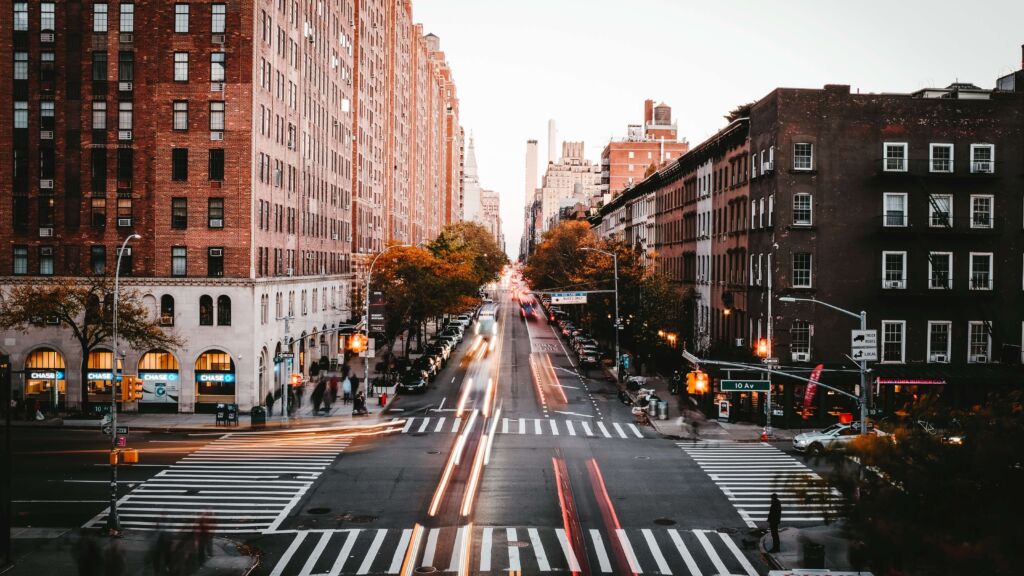Originally published at Project-Syndicate |January 13, 2020
In weighing the options for additional stimulus, President-elect Joe Biden’s $2 trillion infrastructure investment plan has much to recommend it. If accompanied by a new independent commission to ensure that the money isn’t wasted on pork-barrel projects, it is a better approach than sending more checks to every household.
BERKELEY – With the Democrats’ stunning sweep of Georgia’s two Senate run-off elections handing them control of both houses of Congress as of January 20, the idea of $2,000 stimulus checks for every household is sure to be back on the agenda in the United States. But although targeted relief for the unemployed should unquestionably be a priority, it is not clear that $2,000 checks for all would in fact help to sustain the US economic recovery.
One post-pandemic scenario is a vigorous demand-driven recovery as people gorge on restaurant meals and other pleasures they’ve missed for the past year. Many Americans have ample funds to finance a splurge. Personal savings rates soared following the disbursement of $1,200 checks last spring. Many recipients now expect to save their recent $600 relief payments, either because they have been spared the worst of the recession or because spending opportunities remain locked down.
So, when it’s safe to go out again, the spending floodgates will open, supercharging the recovery. The Fed has already promised to “look through” – that is, to disregard – any temporary inflation resulting from this euphoria.
But we shouldn’t dismiss the possibility of an alternative scenario in which consumers instead display continued restraint, causing last year’s high savings rates to persist. Prior to the COVID-19 crisis, some two-thirds of US households lacked the savings to replace six weeks of take-home pay. Having reminded Americans of the precariousness of their world, the pandemic is precisely the type of searing experience that induces fundamental changes in behavior.
We know that living through a large economic shock, especially in young adulthood, can have an enduring impact on people’s beliefs, including beliefs about the prevalence of future shocks. Such changes in outlook are consistent with psychological research showing that people rely on “availability heuristics” – intellectual shortcuts based on recalled experience – when assessing the likelihood of an event. For those parents unable to put food on the table during the pandemic, the experience will establish a heuristic that will be hard to forget.
Moreover, neurological research shows that economic stress, including from large shocks, increases anabolic steroid hormone levels in the blood, which renders individuals more risk-averse. Neuroscientists have also documented that traumatic stress can cause permanent synaptic changes in the brain that further shape attitudes and behavior, in this case plausibly in the direction of greater risk aversion.
Though the pandemic is in some ways more akin to a natural disaster than an economic shock, natural disasters also can affect saving patterns: savings rates tend to be higher in countries with a greater incidence of earthquakes and hurricanes.
This behavioral response is largest in developing countries, where weak construction standards amplify the impact of such disasters. One study of Indonesia, for example, found large increases in both the perceived risk of a future disaster and risk-averse behavior among people who had recently experienced an earthquake or flood. While the response to natural disasters may be more moderate in advanced economies – where individuals expect that their government will compensate them – some lasting impact will almost certainly remain.
The upshot is that we can’t count on a burst of US consumer spending to fuel the recovery once the rollout of COVID-19 vaccines is complete. And if private spending remains subdued, continued support from public spending will be necessary to sustain the recovery.
But putting $2,000 checks in people’s bank accounts won’t solve this problem, because unspent money doesn’t stimulate demand. With interest rates already near zero, the availability of additional funding won’t even encourage investment. Sending out $2,000 checks to everyone thus would be the fiscal equivalent of pushing on a string.
Fortunately, there is an alternative: President-elect Joe Biden’s $2 trillion infrastructure plan would mean additional jobs and spending, which is what the post-pandemic economy really needs. Better still, under the prevailing low interest rates, this option would stimulate job creation without crowding out private investment.
Although Biden’s plan will require more government borrowing, infrastructure spending that has a rate of return of 2% will more than pay for itself when the yield on ten-year US treasury bonds is 1.15%. By raising output, such expenditure reduces rather than increases the burden on future generations. The International Monetary Fund estimates that, under current circumstances, well-targeted infrastructure investment pays for itself in just two years.
Barry Eichgreen: Barry Eichengreen is Professor of Economics at the University of California, Berkeley, and a former senior policy adviser at the International Monetary Fund. His latest book is The Populist Temptation: Economic Grievance and Political Reaction in the Modern Era.
